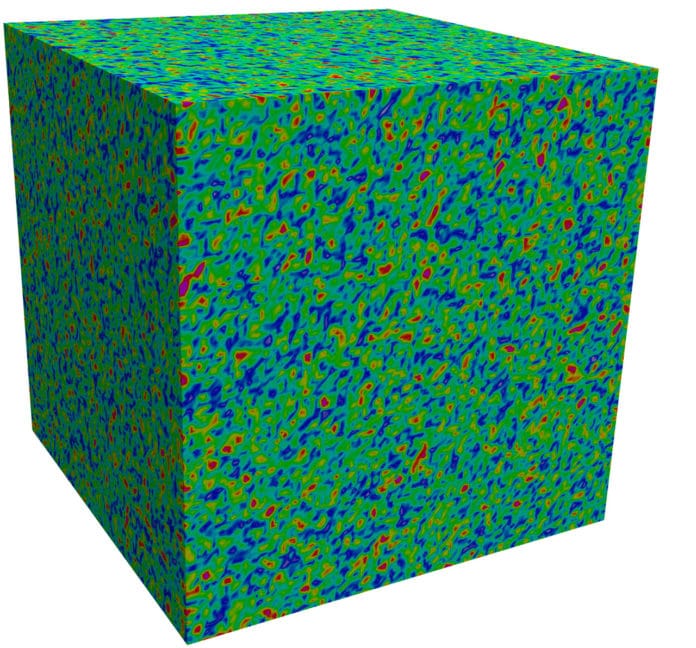Scientists at the University of Illinois Urbana-Champaign have devised a new technique that brings physics into machine learning to make better predictions.
Their method was tested on turbulence. Scientists yet do not know how to mathematically write down all of the turbulence in a useful way. Some unknowns can not be represented on a computer. Thus scientists used a machine learning approach to find out those unknowns.
Scientists trained machine learning model on both what it sees and the physical governing equations simultaneously as a part of the learning process. That’s what makes it magic, and it works.
Willett Professor and Head of the Department of Aerospace Engineering Jonathan Freund said, “It’s an old problem. People have been struggling to simulate turbulence and to model the unrepresented parts of it for a long time.”
“We learned that if you try to do the machine learning without considering the known governing equations of the physics, it didn’t work. We combined them, and it worked.”
Freund said, “When designing an air or spacecraft, this method will help engineers predict whether or not a design involving turbulent flow will work for their goals. They’ll be able to make a change, rerun it to get a prediction of heat transfer or lift, and predict if their design is better or worse.”
“Anyone who wants to do simulations of physical phenomena might use this new method. They would take our approach and load data into their software. It’s a method that would admit other unknown physics. And the observed results of that unknown physics could be loaded in for training.”
For this work, scientists used the supercomputing facility at the National Center for Supercomputing at UIUC known as Blue Waters.
Freund said, “The turbulent flow we used to demonstrate the method is a very simple configuration. Real flows are more complex. I’d also like to use the turbulence method with flames in it–a whole additional type of physics. It’s something we plan to continue to develop in the new Center for Exascale-enabled Scramjet Design, housed in NCSA.”
“This work is at the research level but can potentially affect the industry in the future.”
“Universities were very active in the first turbulence simulations; then industry picked them up. The first university-based large-eddy simulations looked incredibly expensive in the 80s and 90s. But now companies do large-eddy simulations. We expect this prediction capability will follow a similar path. I can see a day in the future with better techniques and faster computers that companies will begin using it.”
Journal Reference:
- Justin Sirignano et al. DPM: A deep learning PDE augmentation method with application to large-eddy simulation. DOI: 10.1016/j.jcp.2020.109811
